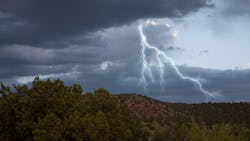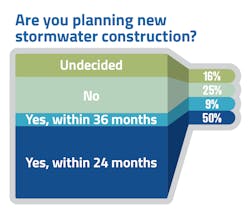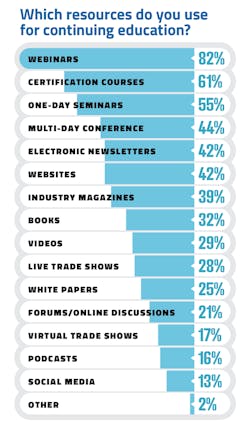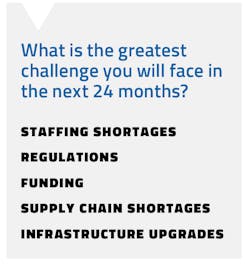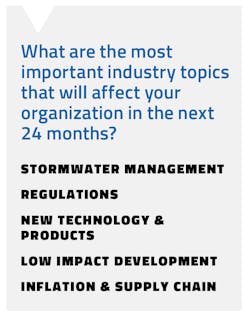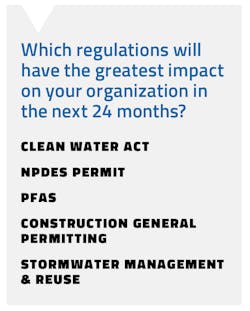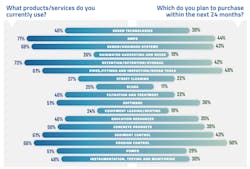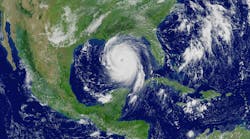The stormwater industry can be hard to predict.
125 industry professionals took the 2022 survey. After two consecutive years of most respondents saying the year was “average” for 2020 and 2021, the majority of 2022 State of the Industry respondents, 40.8 percent, said 2022 was “good.” Additionally, the majority, 44.8 percent, anticipates to rate 2023 as a “good” business year as well.
It is hard to pinpoint one exact reason. COVID-19 restrictions were eased, most conferences returned to in-person capacities, and, of course, funding from the Bipartisan Infrastructure Law, started to trickle down to states.
But these factors didn’t come without challenges.
Seth Brown, executive director of the National Municipal Stormwater Alliance said we are seeing more and more localized flooding, and getting money to local governments to address this has been a challenge, but the planning and tools are in place. He said he has noticed some frustration on the legislative side as “things just were status quo.”
Similarly, Harry Stark, executive director of the Tinkers Creek Watershed Partners and The Ohio Stormwater Conference, and director of public service and engineering for the City of Aurora, Ohio, said this year was “status quo” and said next year’s success will, in some ways, depend on inflation.
“As a city representative, the cost of materials will dictate what we can do on projects,” Stark said. “We only have so much money we can spend.”
Stark, like Brown, also touched on an increase in flooding, noting that his area has seen higher volumes of water in shorter amounts of time, which is causing severe erosion.
Flood control was a common answer among survey respondents when asked what industry topics will be most important over the next 24 months. Other common answers included stormwater management and regulations.A few respondents included notes regarding the need for resiliency and an observation related to storm intensity.
So, while this year was rated as “good” for the most part, the industry is aware that there are still challenges on the horizon. When asked in an open-ended question about the greatest challenges respondents expect to face over the next 24 months, many said: regulations, funding, staffing, and material shortages.
Nicky Araujo, president of the International Erosion Control Association, said the industry saw demand this year and pointed to the project build-up that occurred in the thick of the pandemic as to one reason why.
“There were many projects that have not been completed, so this year was the opportunity to work on them, so there has been a great demand for the services and the products associated with the erosion, sediment control and stormwater management,” Araujo said.
And while staffing challenges are a risk, especially with project demand, we asked respondents about the overall health of their organizations, and the majority, 48 percent, said the health of their business was “good.”With a lot of factors in play, Brown said he remains “cautiously optimistic” on the policy side, noting that factors, like legislation, take time.
“A lot of this is hypothetical or theoretical until it becomes realized, fully realized, and it’s not yet, so it takes time for this stuff to happen,” NMSA's Brown said. “I guess I would say it’s status quo.”
So with 2022 in the rearview mirror, the industry is poised to look ahead in 2023, perhaps with a “cautiously optimistic."
Read the full results on the following pages and visit stormh2o.com.
